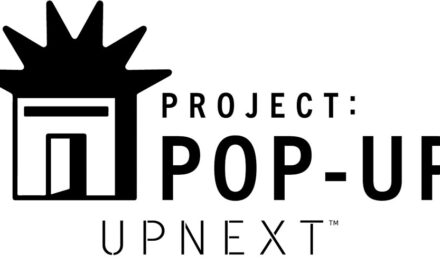Published January 31, 2020
MELROSE — The recycling industry is in a state of flux. Some hysterical headlines are saying “a state of crisis,” but Zero Waste Melrose (ZWM) believes that, while the economics of recycling are challenging and the recycling infrastructure is in very serious need of new investment and commitment, the picture is more nuanced.
Regardless of how the recycling market works itself out, one thing we absolutely must still do as a community is make sure that we get “recycling right.” First and foremost, that means we put in our curbside bins what belongs in them and keep out what doesn’t belong. The same goes for what we bring to the Department of Public Works (DPW) Yard on Tremont Street.
ZWM and DPW have been working hard over the past couple years to educate Melrose residents about how to prevent our recycling truckloads from being contaminated. Our residents are responding well. Many of our fellow citizens want to do the right thing, and many are asking the right questions about how to do so. We’ve been trying to answer those questions.
There are still inconsistent sources of information out there, however, and that has led to confusion and frustration. In response, we are aiming to update our Recycle Right guidance to bring it more in line with the guidance provided by the Massachusetts Department of Environmental Protection (MassDEP) through its wonderful Recycle Smart program.
First and foremost, we want to clarify which plastics can be recycled and which can’t. Over the past couple of years, ZWM has been advising that we put only #1 and #2 plastics in the bins. We offered this advice partly out of a sense of uncertainty about the fate of other categories of plastics (are they ultimately recycled or not?) and partly out of concern that recycling truckloads with these other plastics would be rejected and sent to the incinerator with our trash, thereby increasing costs to the city. We were conservative in offering this guidance, chiefly with the aim of keeping our waste disposal costs as low as possible.
MassDEP, however, is moving away from a numbers-based guidance on plastics recycling. MassDEP is advising that we recycle bottles, jars, jugs, tubs, and containers for kitchen, bath, and laundry products. If we follow this guidance, MassDEP advises, waste contractors don’t have leverage if they come back to municipalities and try to claim that truckloads are contaminated. The waste companies are supposed to take these secondary materials, and the state, with its rules and guidance, will back up the municipalities.
The number system was confusing, for reasons that ZWM will try to explain in future blog posts on its website (zerowastemelrose.org). For now, though, the new guidance means some good news for those who experienced frustration when they were throwing out #5 plastics, like yogurt tubs and clear plastic clamshells: You may put them in your curbside bin again.
There are nuances around the edges. For example, MassDEP advises that you not recycle items smaller than two inches in each dimension. Small items will get lost in most materials recycling facilities (MRFs). You can include the caps on, for example, plastic milk bottles, but make sure they are attached to the bottle.
Another exception to the general guidelines is black plastic, such as black take-out containers. Black plastic, it turns out, is not detected by the optical sorters at MRFs, so they end up as “residuals”—that is, they are disposed of as trash. The clear plastic lids, however, can be recycled.
For answers to additional questions about how to recycle specific items, ZWM strongly urges you to consult MassDEP’s Recyclopedia (https://recyclesmartma.org/results-materials/#).
ZWM will offer additional guidance on its website and other notifications to the public. For now, we want to emphasize that it is important to get recycling right in order to sustain our recycling practices. Municipalities need to do everything they can to maintain their recycling programs, so that this end of the recycling value chain is in place when new re-processing solutions are developed and the recycling markets return to health.




